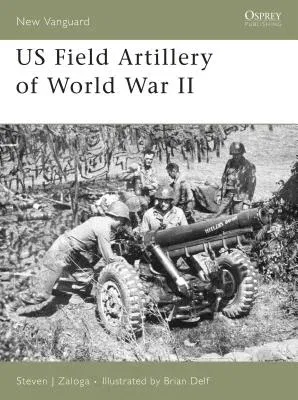Steven J Zaloga
(Author)US Field Artillery of World War IIPaperback, 30 January 2007

Temporarily out of stock
Free Delivery
Cash on Delivery
15 Days
Free Returns
Secure Checkout

Part of Series
New Vanguard
Print Length
48 pages
Language
English
Publisher
Osprey Publishing (UK)
Date Published
30 Jan 2007
ISBN-10
1846030617
ISBN-13
9781846030611
Description
Product Details
Author:
Book Format:
Paperback
Country of Origin:
CN
Date Published:
30 January 2007
Dimensions:
23.88 x
18.54 x
0.41 cm
Genre:
1940's
Illustrator:
ISBN-10:
1846030617
ISBN-13:
9781846030611
Language:
English
Location:
New York
Pages:
48
Publisher:
Series:
Weight:
190.51 gm